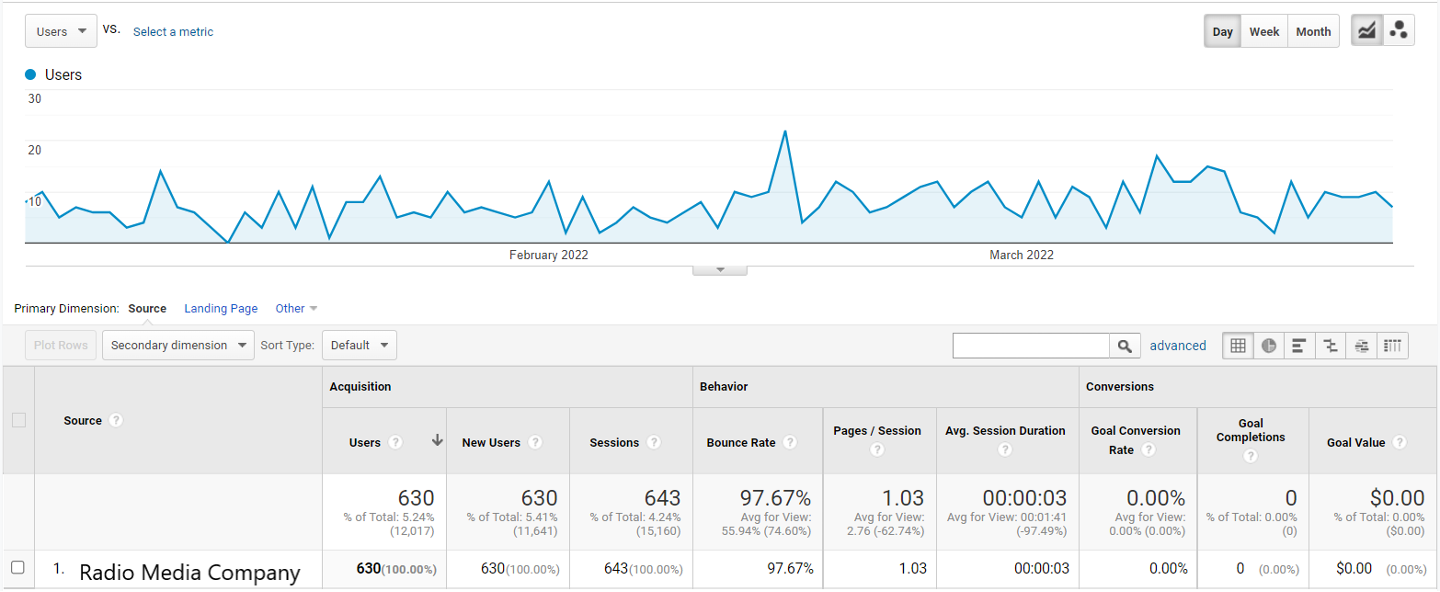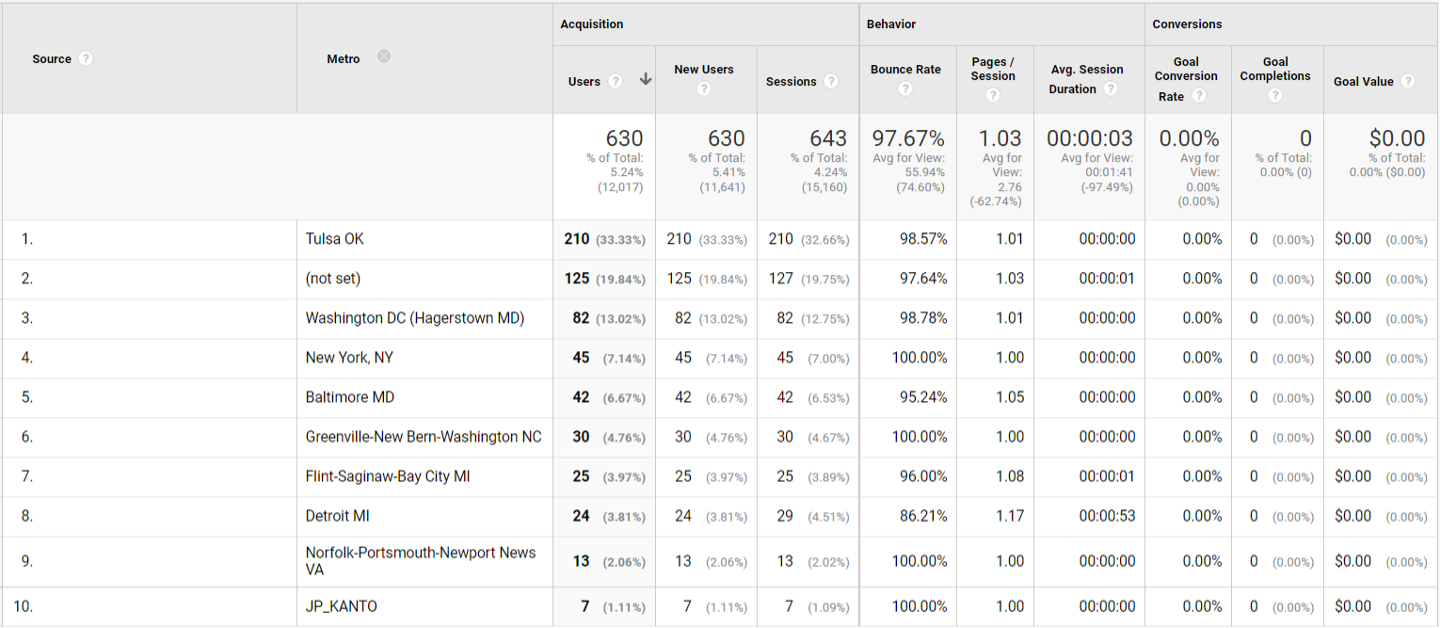Beyond the Click: Measuring Digital Marketing Effectiveness with Data That Matters
Beyond the Click is a series of blogs penned by Ryan Winfield, our Senior Digital Strategy Manager. Intended to identify ways to use data to improve results of your marketing, these articles will identify just how much impact can be made by tracking what truly matters, not just clicks.
PART TWO
Data Dives Using Secondary Dimensions
As visited in part one of this blog series, one of the toughest chores a digital marketer has is offering proof of the effectiveness of a digital campaign, especially when the goal of the campaign isn’t tied to ecommerce sales. How do you look at a campaign value beyond the top line delivery metrics? It’s easy to view impressions and clicks, but there’s more meaningful data to examine.
In this post, we’ll leverage secondary dimensions in Google Analytics. Secondary dimensions are a powerful tool within Analytics, allowing marketers to dial in where your campaign traffic originates, and how the audience engages with your site.
To begin, if you have an active campaign (for this example we’ll use display as your traffic channel) open up your Acquisition tab, then click Overview > Channels > Display, and then select the desired date range. Here, you’ll see display traffic (assuming UTM codes are properly established). You should see something like the visual shown here, with the vendor name as the source of the display traffic. (in this example we have anonymized the originator of the traffic.)

Here, you see the top line: 630 users, 643 sessions, and a rather low :03 session duration. By adding a secondary dimension (see the highlighted box) we can attempt to diagnose why the engagement was low. Clicking there, we’re offered a wide range of dimensions to apply to the campaign traffic. (Geography may be most important.) For this exercise, we’ll add a secondary dimension of “Metro” to the traffic, to see where the sessions are originating from.

With the “Metro” dimension added, geographies originating traffic to the site are more visible. An important note relevant to this campaign: this client is only interested in traffic from the East side of Michigan. As you can see here, just 8% of the display campaign traffic is coming from a metro market of interest – the vast majority of the traffic is coming from out of state and irrelevant (something often seen when a digital marketing company doesn’t own their own data and targeting abilities). By using a secondary dimension, this company was able to determine their marketing budget was being wasted on this particular campaign and optimize accordingly.
Getting Granular with Your Second Dimensions
There are well over 100 different dimensions that can be applied to traffic sources, such as age groupings, mobile vs. desktop, new vs. returning users, and more. It’s also important to note, secondary dimensions can be applied to any traffic source, not just paid traffic. If you’re seeing a year-over-year dip in organic traffic, portion that out and compare which regions may be responsible for the lagging traffic. (This will offer insight on where your branding efforts might be leveraged for the most impact.) If you use UTM codes in your digital efforts, you can select from a host of campaign secondary dimensions to measure the performance of your different creatives against each other.
If you use UTM codes in your digital efforts, you can select from a host of campaign secondary dimensions to measure the performance of your different creatives against each other.
You can’t break Analytics!
You can’t get it wrong, and you won’t break anything by sorting for increasingly relevant data. Dig in, experiment with secondary dimensions, and see what insights you can pull. If you get lost, just close the window and start over. If you need any assistance in looking at your own marketing data, the data experts at MLive Media Group are happy to help.



 Ad Choices
Ad Choices
